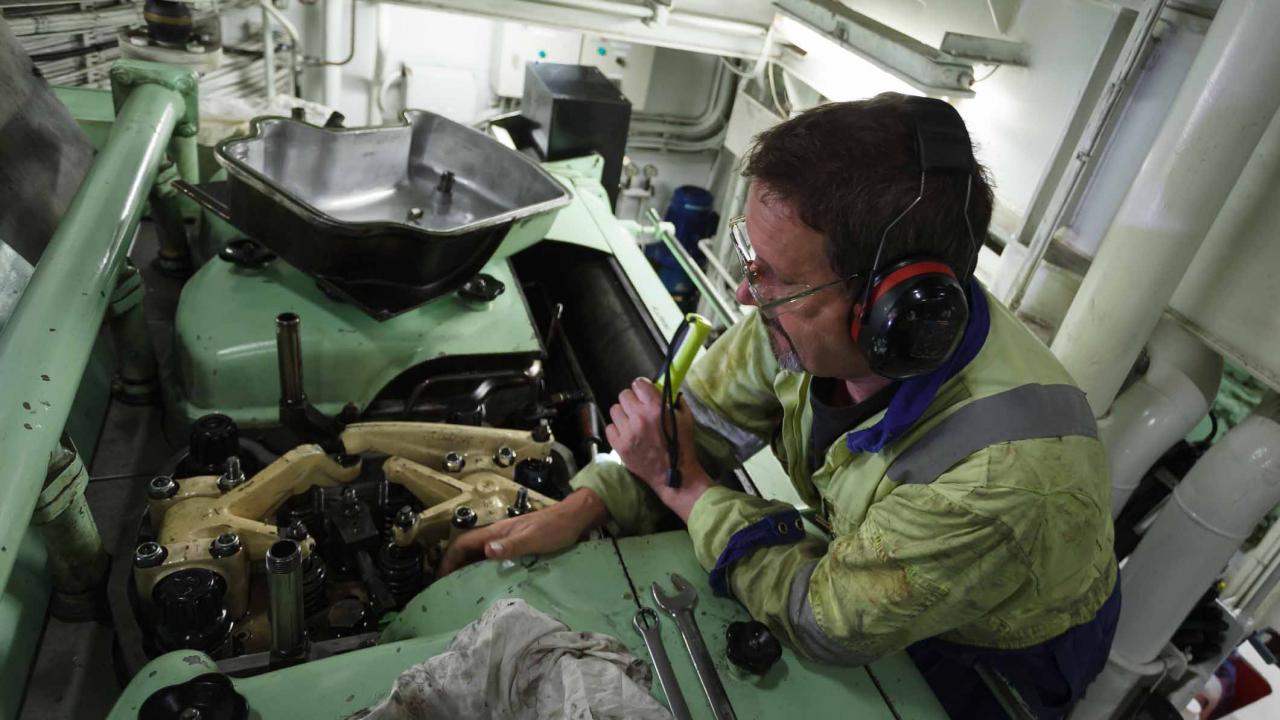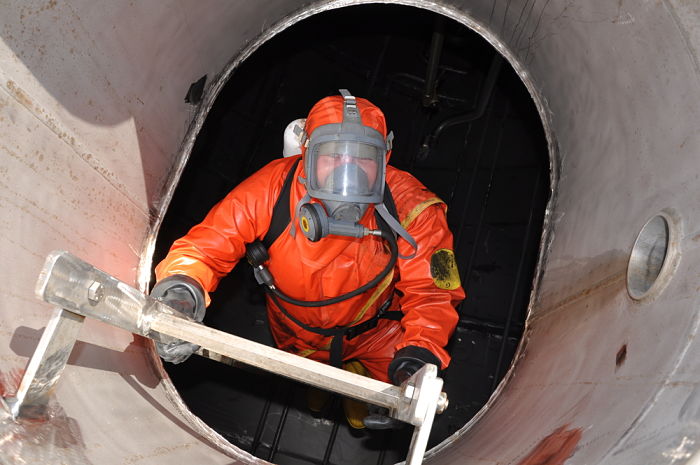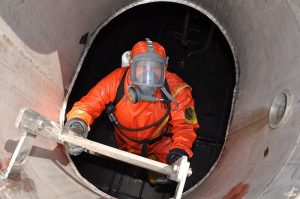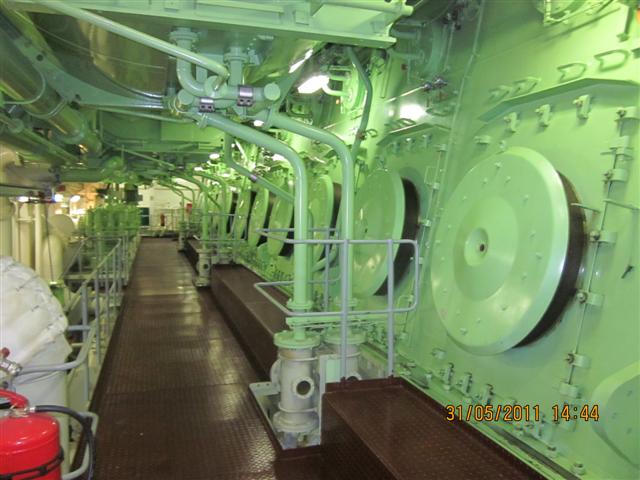
Image Credit: www.rbrodarstvo.com
Preparations:
Dry docking survey is to be done every 2 ½ years interval , 2 times in 5 each year cycle , called annual docking and special docking survey. Special survey is carried out every 5 years interval.
As a Chief Engineer of a vessel , he must study the time of dry docking due , verify annual or special , and prepare documents & defect list to be repaired , at least 3 months priority for easy and efficient supports from ship company.
Preparation of Documents:
- The necessary plans , drawings , instruction manuals , service records of previous docking to be collected and kept ready . Copy of plans and drawing to be sent to dockyard on request.
- List and intend the followings to be supplied in time
- Needful machinery spares repair materials for ship staff’s job
- Paints
- Collect and keep ready for special tools and devices
- Issued needful instructions for safety , fire precaution and pollution prevention.
- Issue assignments for the work to be done before entering dry dock and to be undertaken by E/R staffs under 2nd Engineer supervision.
Repair List
A. Repair list to be provided as:
- Works to be done by yard
- Works to be done by ship staffs
B. The following dock yard repair items to be mentioned details with their specifications as follow:
- Sea chest and grids – Location , No. of Zinc anodes fitted.
- Sea suction valves – Location ,No. of valves , Types , Material , Dimensions
- O/B Discharge valves – Location ,No. of valves , Types , Material , Dimensions
- Piping repairs – Location , Material , Size , Length , No. of bends
- Structural Repairs – Frame No. , Dimensions and scantlings , Class of steels
- Machinery Repairs – Maker’s name , Type and Model , Nature of repair
- Machinery Survey – Class , Due date
- Under water potion:
- Rudder – To measure pintle clearance , check locking arrangement
- Propeller – To fair up if any distortion and defects , to polish and lacquer
- Rope guard – To open and check , renew if necessary
- Stern tube – Wear down to be measured , check simplex sea
- Tail shaft – To withdraw if special survey .
C. During docking Chief Engineer must attend all Class Surveyor inspections .
D. Discuss and arrange with Ship Repair Manager to harmonize work program between yard and ship staff, always regarding safety of the ship and lives.
E. Alternations and additional works may occur during the course of repairs. If any, Chief Engineer should make additional repair list. Attending Superintendent or owner representative will issue order to shipyard.
Jobs for Engine room staff:
Engine room staff to be organized and assigned for the jobs to be done by dockyard as follows:
- To mark and labeled dock yard repair items.
- To show location of repair items to dock yard crew and check their work assessment . To co-operate in some places. ( Drain of water to correct tank etc )
- To check and record measurement taking for Rudder pintle clearance and stern tube wear down .
- If repair works for rudder , propeller , tail shaft withdrawing , stern tube repair and renewal shaft seal , provide an Engineer and crew to check and note down the work done by dockers. C/E himself require to be stand by there.
- Assigned an Engineer for leakage test for stern tube seal .
- To check correct numbers and position of zinc anodes fittings . Inspect to uncover them before undocking.
- To check correct use of material fitting , sizes and dimension.
- To note daily work done by dock yard and enter to Chief Engineer log.
- To keep fire watch where the hot work take places.
Engine room staffs to be organized and assigned for the jobs to be done by themselves as follows:
- Works to be done before docking procedures must be carried out as follows
- Collection of special tools, hand tools , marks and keep ready
- Label tag the repair items
- Cleaning of E/R tank top & bilge wells , Clear drain tanks.
- Take M/E crank shaft deflection and recorded.
- Test and keep ready emergency light , generator , emergency air compressor, emergency fire pump.
- Prepare cooling water connections for fridge and air conditioning plant
- Prepare shore power supply connection
- Topping up F.O tanks and Record all tanks’ sounding.
- Pressed up air bottles and tight shut.
- Shut down the boiler properly.
2. Before entering dry dock , explain procedures and assigned duties. ( Times recording , Diesel Generator stopping , Shore power and cooling water connection etc)
3. The following works to be assigned and distributed among engine room staff in group for supervision:
- Valves from bilge and ballast system , cooling water system , steam line and air lines…. to be overhauled.
- Waste & corroded piping to be rectified as necessary.
- Necessary coolers to be cleaned.
- Scheduled maintenance to be done, if any .
- C.S.M survey items to be done , if any.
- E/R cleaning and painting.
4. Discuss with 2nd Engineer in every mourning regarding work progress.
5. To enter all daily work done by themselves in Chief Engineer log.
6. Instructions and check lists to be issued for undocking procedures , to inform abnormal condition.
7. Provide fire stand-by duty day and night.








